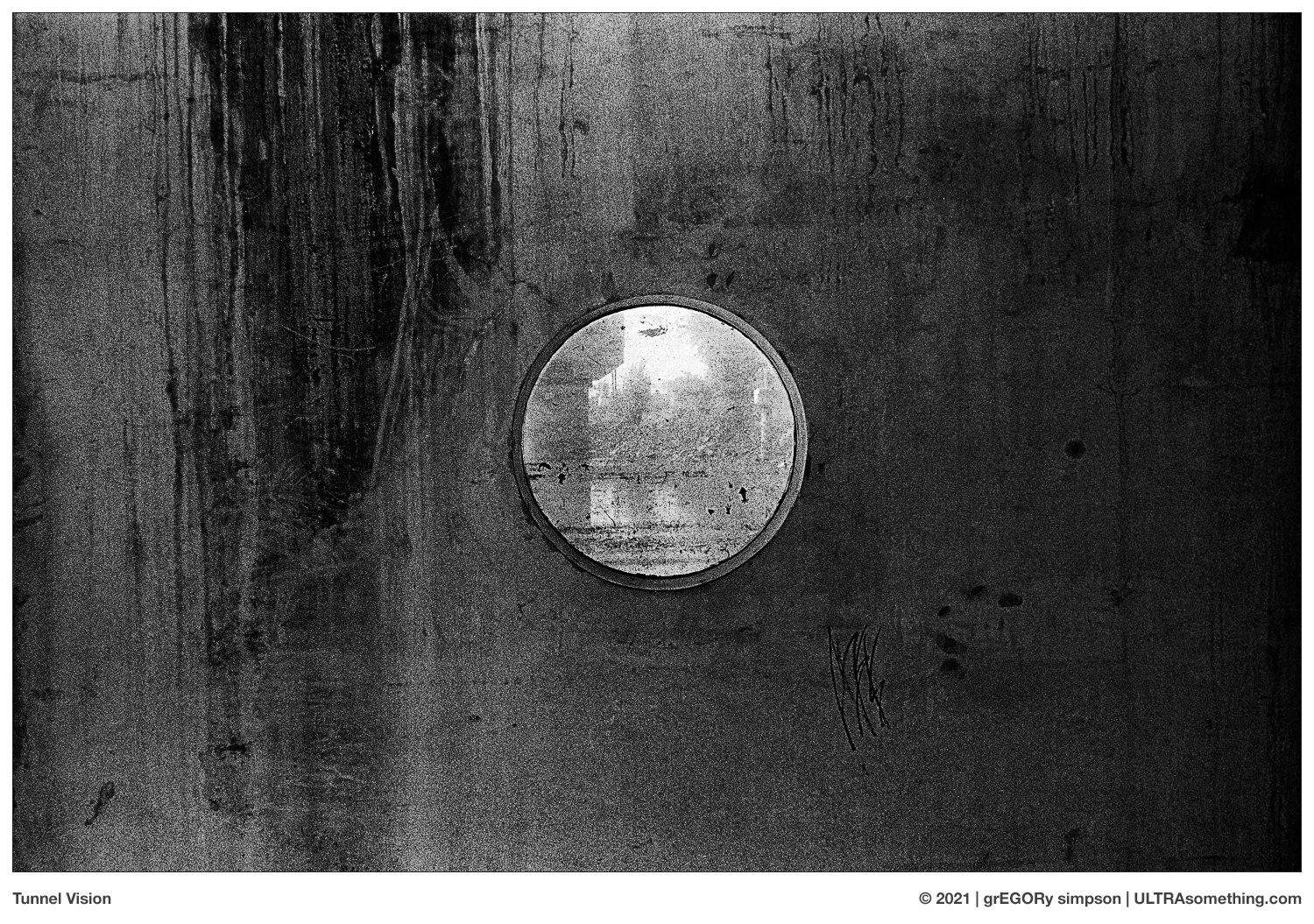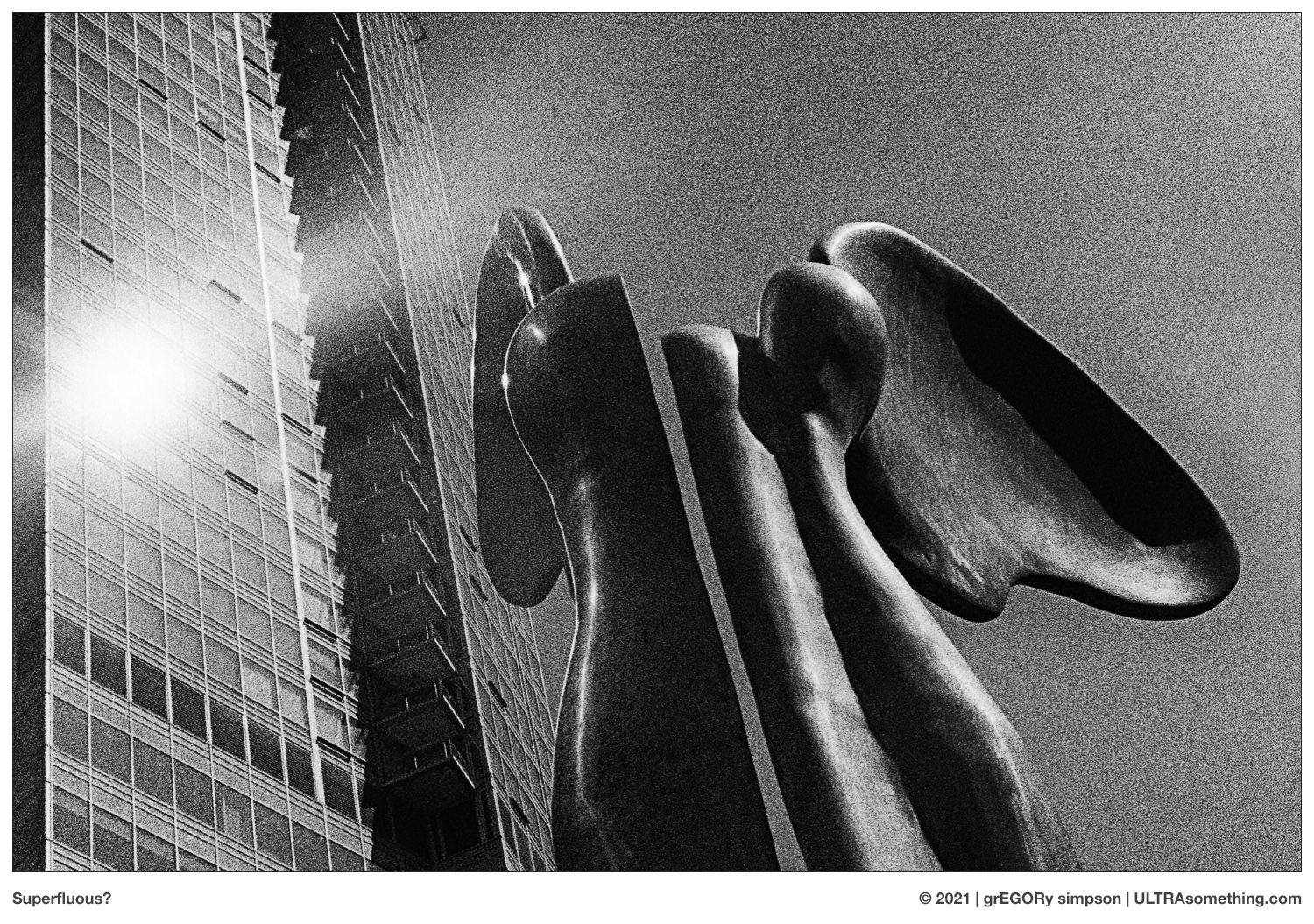Are there any photographs more tedious than ‘test shots’? At best, they’re insipid, uninspired drivel that provide a natural alternative to over-the-counter sedatives. At worst, they’re insipid, uninspired drivel that should be administered only by a licensed anaesthesiologist.
Some may suggest higher tedium toxicity is achieved by those who take and reject 38 selfies before finally, on shot 39, capturing just the right photo — the one that most artfully conveys a casual, devil-may-care, ‘oh-look-I’m-so-busy-I-haven’t-even-had-time-to-make-myself-look-good’ facade. But I would argue that such selfies avoid the tedium label, because they speak volumes about humanity and its general tendency toward inanity, artifice, manipulation, and self-aggrandizing. Anything that shines a mirror on society has at least some merit. On the other hand, ‘test shots’ convey nothing more insightful or perceptive than ‘oh-look-the-guy-who-took-these-has-absolutely-no-life-whatsoever’.
As a high-ranking officer in the “Guys Who Have No Life” club, I’m guilty of occasionally dipping my toe into the deep end of the nerd pool. Rarely is it planned. Instead, it just sort of happens — like last month, when I decided to buy some film.
While Tri-X consumes the lion’s, tiger’s and wombat’s share of my film images, I sometimes require a slower film. For the past decade, I’ve used Kentmere 100. I’d like to say the choice followed an exhaustive battery of tests involving reciprocity failure, negative density, spectrum sensitivity and so on, but that would be a lie. The real reason I chose Kentmere 100, is that it cost less than half as much as other 100 speed films. So I bought a big box of it, stuck it in my freezer, and have been drawing from it ever since.
It expired a few years ago, but because of my own rather laissez-faire attitude toward fidelity (plus its placement in the freezer), this mattered not one bit. About a year ago, I finally used up the last roll, and since then I’ve been working my way through a hodgepodge of other expired rolls of this and that. I’ve now reached a point where it’s time to replenish my supply of medium speed film.
The obvious tactic would be to buy more Kentmere 100, but for reasons totally unknown, my local retailer has started pricing it closer to premium films. While it’s still a half-price film in the USA, I live in Canada. I could always mail order it from the states, but I’m worried about the film passing through all those extra security X-rays when it changes hands at the border. So I figured: if I’m going to pay for premium film, I might as well have premium film.
The hunt was on.
And by “hunt,” I mean “I was in one of Vancouver’s more film-centric camera stores, when I suddenly remembered I needed some new medium speed film.” After asking the sales clerk for two rolls of a low contrast, ISO 100, Rodinal-loving, B&W negative film with lots of grey tones, he thought for a moment, reached into the fridge, and handed over two boxes of Rollei Superpan 200. I, in turn, handed over my credit card. At this point, it’s totally unclear who’s the guilty party here — him for lying through his teeth about the film’s characteristics; his employer for hiring a guy to work at the film counter who obviously knows nothing about film; or me for making a purchase without performing a single shred of research or even bothering to glance at the box.
On the next sunny day, I grabbed one of those rolls from the freezer and, for the first time, glanced at the big, bold “Superpan” label on the box. Um. Hmm. If one’s to believe that words mean what they say, this word implies it’s an extended panchromatic film — the type with an enhanced red sensitivity designed for high-altitude surveillance photography, where the film needs to cut through the haze, and produce a sharp, contrasty negative. In other words, it’s exactly the opposite of what I asked for; and the opposite of what “common wisdom” suggests should be developed in Rodinal. Fortunately I don’t give a darn about “common wisdom.”
Succumbing to the power of subliminal suggestion, my first instinct was that any film called “Superpan” should definitely be loaded into a panoramic camera. I pulled both the Xpan and the Widelux F7 off the shelf, thought for a moment, and concluded the Widelux was the more “super” panoramic of the two.
As foreshadowed by this article’s introduction, I quickly snapped off a series of vile test shots, dunked the film in Rodinal (Blazinal), and hung it in the shower to dry. I was immediately struck by how significantly different these negatives looked compared to most. From a distance, my Tri-X film always looks like a strip of gently textured mid-grey boxes — very little black; very little white. These Superpan negatives were the exact opposite — all black & white, and very little grey. Each frame looked like a miniature stencil. I feared the worst.
But fortunately, the camera with which I ‘scanned’ them (an eight year-old Olympus OM-D E-M1) could see what my eyes couldn’t — that there were, indeed, (some) shades of grey; that the highlights held really well; and that there was (a little) detail in the shadows. There was also more grain than I expected — something I personally don’t mind.
Realizing I rather liked the look, and sticking with the panoramic theme, I tossed the next roll into the Xpan, and once again fired off a bunch of infernal test shots — again at box speed; again developed in Rodinal; and again scanned with the Olympus camera. Which makes this essentially the exact opposite of a ‘test,’ since I didn’t modify a single variable (other than the camera). The results, not surprisingly, were exactly the same.
I returned to the camera shop for another two rolls of Superpan 200 and, forgoing the panoramic cameras, loaded the first into a Leica M6 TTL. My “plan” (as if any part of this exercise was “planned”), was to dedicate the M6’s roll to testing the film’s forgiveness for over-exposure and under-exposure; and for the impact of various coloured filters.
At this point, it behoves the story to revisit that first roll in flashback, and mention that the film jammed twice during its trip through the Widelux — once midway through the roll, and again toward the end. In fact, the end-of-roll jam was so bad I couldn’t even rewind the film. I had to put the entire Widelux inside the changing bag, cut the film, and remove it without rewinding it back into the cartridge. I’d never seen a film cartridge jam like this before. Unfortunately, it didn’t take long for me to see it once again.
Soon after loading the M6 TTL, my attempt to advance to the second frame reached a screeching halt — definitely feeling, once again, like the film had jammed within the cartridge. Since it was the beginning of the roll, and I was miles from home (and my changing bag), I considered opening the camera to free the jammed cartridge. But first, I made one last, brute force attempt to advance the film — and to my surprise, the jam gave way and the lever advanced.
I happily ran around Granville Island, blowing through what would definitely be the most boring ‘test shots’ of the bunch — taking two; three; or even four shots of the same scene with different exposures and different filters. After shot 37, I was surprised the roll advanced one more frame… and then another… and another. Troubled, I tried rewinding the film, only to discover the rewind knob wouldn’t budge — another jam. Or, perhaps (and more worrisome), it was the same jam I had at the beginning of the roll.
Back home, the entire M6 — much like the Widelux before it — went into the changing bag, where my suspicions were confirmed: none of the film had been exposed. Instead, because the film was jammed so tightly in the cartridge, the sprocket holes had torn, which meant each tug of the advance lever had advanced the counter, but not the film. In fact, the film cartridge was so jammed, I couldn’t even extract the film with my bare hands after removing it from the camera. In retrospect, I should have opened the cartridge to see what caused the jam but, instead, tossed it in the trash.
This is both good news and bad news. The good news is, you don’t have to look at any of what would likely be the most boring shots produced by these tests. The bad news is, I was out $11 thanks to Rollei’s dubious quality control issues — a princely sum that would have bought me nearly three rolls of Kentmere 100 back in the day…
Having experienced two cartridge jams in three rolls, I felt rather hesitant loading the fourth and final roll of Rollei Superpan 200 into the Rollei 35T — a camera selection made for no grander of reason than brand name symmetry. The only “test” I planned for this roll was to expose it at ISO 100 since, ultimately, that was the film speed I needed to replace.
Prior to exposing it, I decided to research developer alternatives. I suspected the film might do really well in HC-110 (which is the only other developer I keep on hand), but there was very little data available, and I wasn’t keen to start down the “developer test” rabbit hole. The internet is, of course, chock-a-block with all sorts of suggestions as to which is the ‘best’ developer for Superpan 200 (none of which are either Rodinal or HC-110), but in the end I decided I couldn’t really be bothered.
So I strolled around for about an hour, popped off another string of test shots (this time without any cartridge jam drama), and strolled home to, once again, dunk the film in Rodinal.
So what did I learn? Well, first and foremost, I learned that I actually like the look of super panchromatic film — or, at least, this super panchromatic film. Had I not purchased it so thoughtlessly, I would never have known this. That said, it’s not a film I’d choose for the bulk of my mid-speed work. When not taking ‘test shots,’ my usual photographic tendency is to photograph widely diverse subjects in widely diverse lighting conditions — conditions in which my exposures are often dubious, and not exactly conducive to this film’s characteristics. However (cartridge issues aside), it’s definitely a film I’d keep on hand for my next foray into high-altitude surveillance photography, along with any other special occasion that might benefit from the film’s extended panchromatic range and contrast.
I also concluded, without even bothering to test the conclusion, that I’d probably like the film even better if I did some experimenting with various HC-110 dilutions, and that other developers would likely yield even more pleasing results. However, I’m just not that anal when it comes to developing film — if I get a balanced, full-range, scannable negative, I’m happy. Any extra Rodinal-induced grain is just a bonus to my lofi-lovin’ eyes. Which means I also learned that what I always suspected to be true is true: that I’m not the kind of guy who’s going to pick a developer based on my film; but the kind of guy who’s going to pick a film based on my developer.
But I also learned that I can’t rely on Rollei’s manufacturing or quality control. Life is too short, and my photos (at least those that aren’t ‘test shots’) are too precious for me to chance losing meaningful shots to cartridge jams. If these cartridges were deemed “good enough” to pass Rollei’s quality standards, then I’ll gladly spend my money elsewhere.
I suspect my next course of action will be to run some actual experiments with Fomapan 100. It’s a film I’ve used on several occasions, and not once do I recall having any sort of emotional response to it — which probably means it was neutral as can be… just the way I like it. Alas, my tolerance for undertaking another round of ‘test shots’ has reached its limit, so the Fomapan experiments will have to wait. Fortunately, winter and its dark and dreary skies are fast approaching. Which, in my world, translates to “Tri-X season” and a return to taking real photographs, rather than all this insipitude.
©2021 grEGORy simpson
ABOUT THE PHOTOS: Hoping to make this article at bit less insipidiciously banal, I opted to publish only three ‘test shots’ per roll. Rest assured, I could have easily published two- or three-times as many, so consider yourselves lucky. The three Widelux F7 shots are: “Two Bridges,” “Under the Boardwalk,” and “Obligatory Symmetry.” The three Xpan shots are: “Carrot,” “Sidewalk,” and “End of the Line.” Finally, the three Rollei 35T shots are “Bus Depot,” “Wild Goose Chase,” and “Epic.” As indicated in the article, all were shot on Rollei Superpan 200 and developed in Rodinal (Blazinal) 1:50, with the panoramic shots exposed at box speed (ISO 200) and the 35T shots exposed at ISO 100.
REMINDER: If you’ve managed to extract a modicum of enjoyment from the plethora of material contained on this site, please consider making a DONATION to its continuing evolution. As you’ve likely realized, ULTRAsomething is not an aggregator site. Serious time and effort go into developing the original content contained within these virtual walls — even the silly stuff.





























































